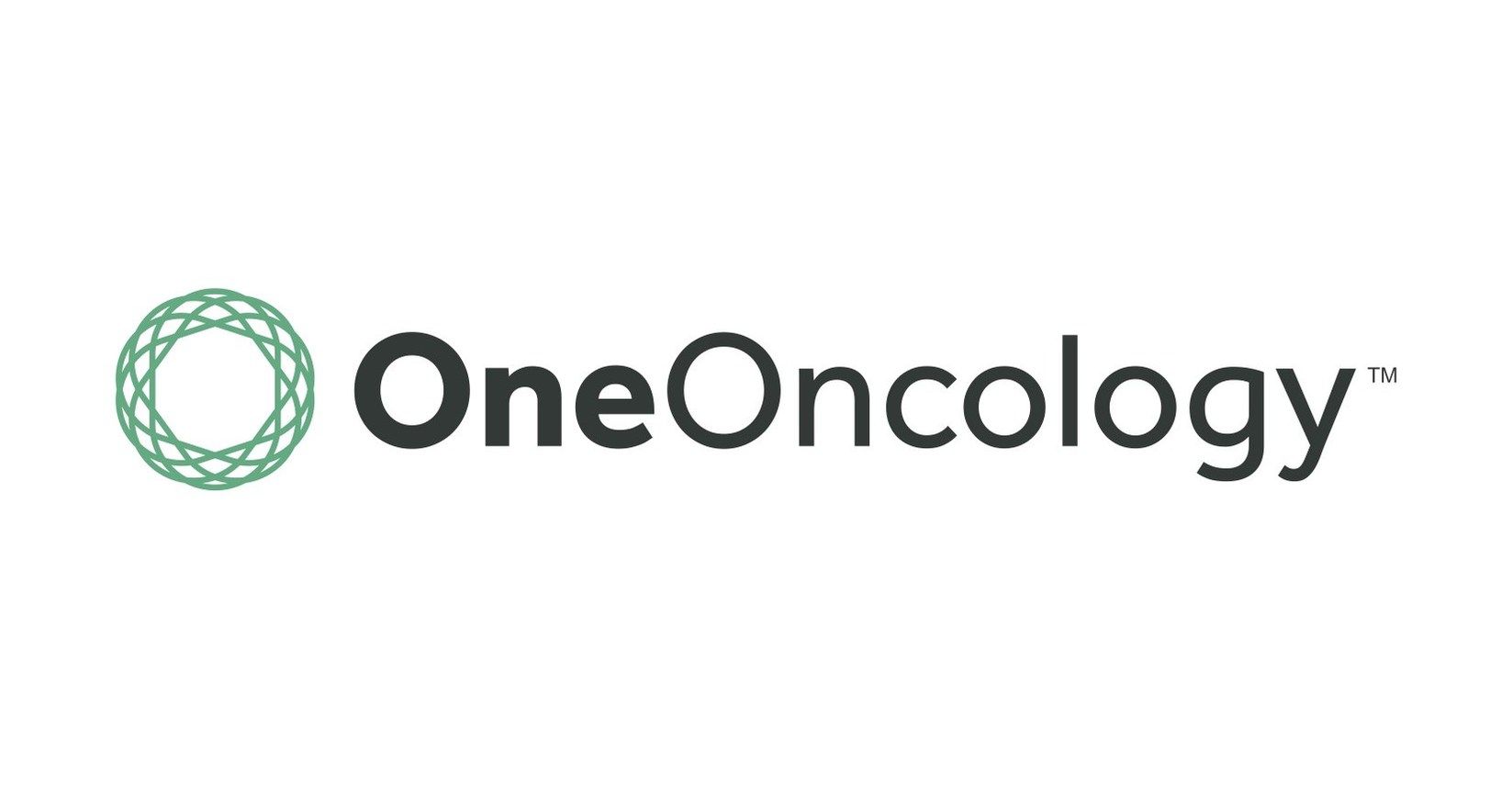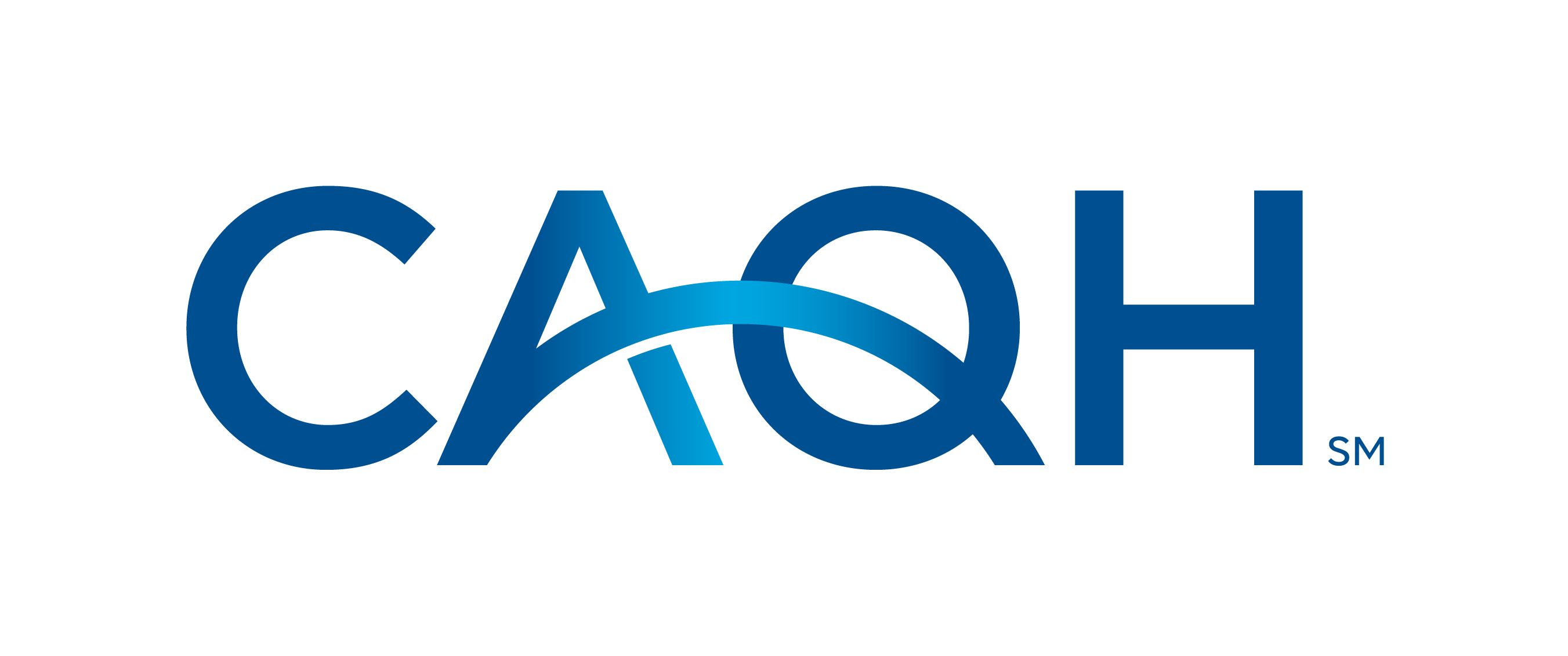News
Podcast
Reforming Oncology Care Payments: Interviews From the QCCA Leadership Summit
As the costs of cancer care continue to rise in the United States, eyes are increasingly turning to payment reform.
As the costs of cancer care continue to rise in the United States, eyes are increasingly turning to payment reform. Research by the Northeast Business Group on Health found that in 2015, employers spent $125 million on cancer care, and since then, cancer therapy costs have increased substantially with greater use of immunotherapy and the introduction of chimeric antigen receptor T-cell therapies that can easily cost half a million dollars for treatment.
The federal government is taking the lead with the Oncology Care Model, which will transition into Oncology Care First in 2022 after a 1-year extension due to the coronavirus disease 2019 pandemic, but commercial payers are also testing payment reform models.
Speakers who participated in the Quality Cancer Care Alliance’s Fall Leadership Summit weighed in on the payment reform space for cancer care.
Listen above or through one of these podcast services:
Read more:
Speaking of Employers: Purchasers Detail the Challenges of Getting a Handle on Oncology Care Costs
Three Ways COVID-19 Makes the Oncology Care First Model More Attractive
Infrastructure of OCM Helps Practices Through COVID-19, Chong Says
A Closer Look at 3 Oncology Payment Reform Projects
Cancer Does Not Stop for COVID-19, but Reform Becomes a Challenge

Navigating Sport-Related Neurospine Injuries, Surgery, and Managed Care




